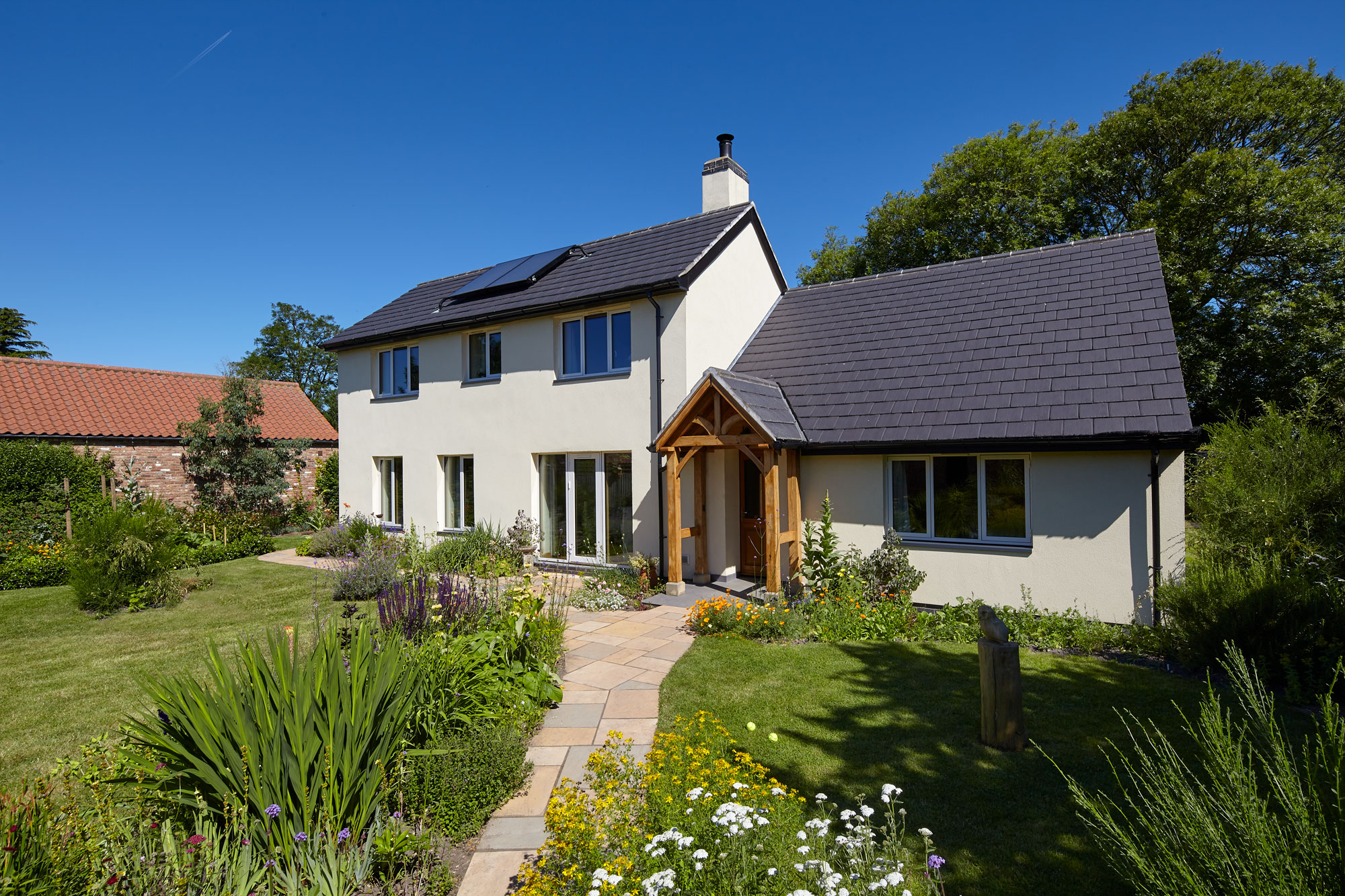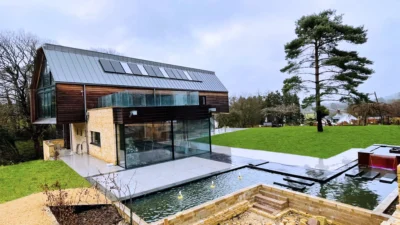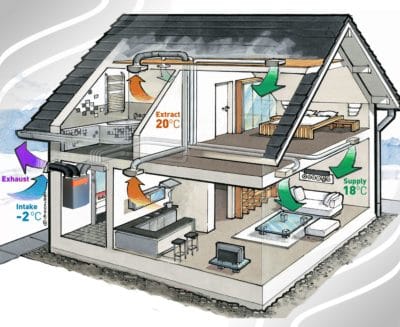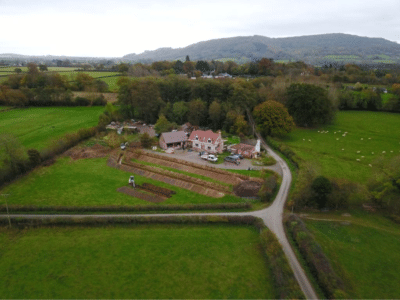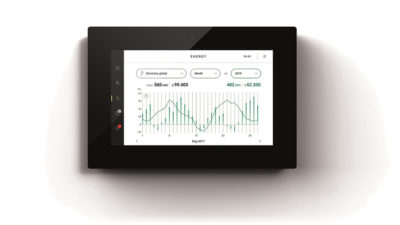The Standard Assessment Procedure (SAP) is a methodology that reviews and compares the amount of energy a house will consume when delivering a defined level of comfort and service provision.
It’s the most commonly used practice for this purpose because it’s the one that’s approved by the UK government.
The technique used to assess your home’s energy performance needs to be government-approved because the results underlie Part L of the Building Regulations, which is the section that deals with conservation of fuel and power in a property.
What is a SAP rating?
The most important thing to realise when looking at SAP is that it’s only an estimation of energy performance. This raises two immediate issues.
Firstly, this aspect of a property’s construction is only one of a wide range of environmental concerns that needs to be addressed when you’re creating a new home.
Also, it’s widely acknowledged that in reality, houses function differently from the way the assessment predicts.
The government’s own website suggests that SAP is used to help deliver energy and environmental objectives, but it is in fact solely focused on the former. By contrast, the Code for Sustainable Homes – now withdrawn – lists energy as one of nine environmental considerations (think materials, water drainage, health and wellbeing, etc).
Plus, it’s often stated that SAP reviews how buildings perform. But assessment can only be based on observation. This method, however, is merely a system of estimation that evaluates
a home that may not even exist yet.
Why bother with SAP?
If you’re a self builder, your project needs to meet the standards laid out by Building Regulations, and using SAP is the only way to meet the requirements.
Plus, if you want to improve your overall score to meet or beat an arbitrary target, you’ll have to familiarise yourself with how the procedure works. You’ll also require an understanding of the inputs to which the system is most sensitive. Both aspects apply especially if you’re managing the scheme yourself.
Energy-Efficient Hempcrete House in Lincolnshire
|
Additionally, bear in mind that some of the elements in SAP aren’t handled well. So, you might end up designing a very efficient building that provides good indoor air quality and consistent comfort temperatures, but which doesn’t score top marks according to this particular assessment procedure.
What do SAP ratings measure?
For space heating, SAP estimates how fast heat is lost from a building due to ventilation, air leakage and via the structure itself. This requires data on your property’s dimensions, fabric and services systems to be entered into a computer program, which uses a series of assumptions about building performance.
Taking solar gains and other internal influences from lighting and appliances into account, the software works out how much energy is needed to maintain the living area at a comfortable temperature between 18°C and 21°C. Of course, many of us choose not to maintain our homes at this level, which is one reason why SAP can get heating estimates wrong.
For hot water, the SAP calculation distinguishes between instantaneous heating setups such as combi boilers and stored hot water arrangements, taking standing losses for the latter into account. In reality, hot water demand is more dependent on the number of people who occupy a property and their bathing habits.
There is no way a program can know this. SAP therefore relies on floor area to estimate demand, which is bound to be inaccurate.
The effect of lighting is estimated based on floor area, assumed number of occupants and the requirement for 75% of fixed illumination outlets and lamps to be low-energy fittings. The calculation also takes daylight into account.
A similar process is used to evaluate energy use from cooking and electrical appliances. Lastly, SAP accounts for any power generated on site, for instance, by PV panels. The evaluation factors in energy consumed on site and then estimates the residual amount of electricity exported to the grid.
The underlying SAP document is freely available online. It contains a series of appendices that spell out the calculation methodologies in detail.
How are SAP ratings calculated?
Although the title of SAP is “The Government’s Standard Assessment Procedure for Energy Rating of Dwellings”, the score is based on the energy costs. It’s expressed on a scale of one to 100; the higher the number the lower the running costs. If the house is somehow a net exporter of energy, it may have a grade of over 100.
The appendices to SAP contain tables of energy prices and CO2 emissions factors. These are used, respectively, to derive the annual costs of energy and the yearly carbon outflow for a dwelling.
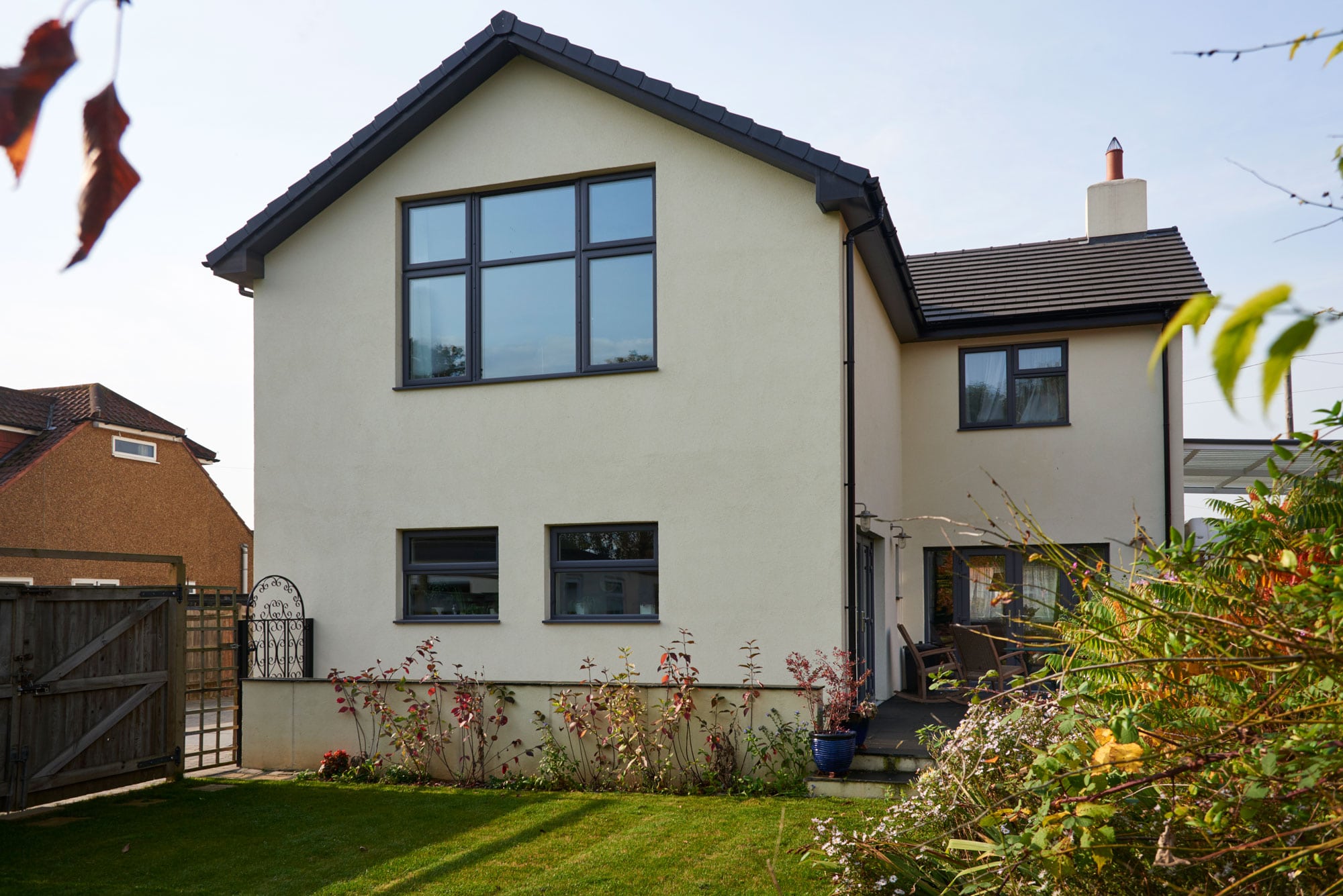
A desire to reduce energy bills was one of the main drivers behind Simon and Jill Page’s self build scheme. They worked with Evolved Design to create their new home, taking a fabric first approach. They now spend about £620 per year on their gas and electric bills
These factors are dependent on the sources of power used for heating. Costs and CO2 emissions will differ markedly between gas boilers, heat pumps, electrical resistance heaters, oil, biomass and other solutions.
This means that to predict your SAP score, you need to know at an early stage what system(s) you’ll use to power your heating, including any auxiliary devices such as gas fires, wood stoves, immersion heaters, etc. If your rating is important to you, remember that you’ll need to decide on your proposed heat source fairly early on.
Controls affect the outcome, too. Zoning and weather compensation, for instance, can have a significant impact on SAP results.
The cost of energy varies over time and between providers, so this can never be accurate or up to date, but outflow components do change. The current Defra emission factor for electricity is lower than the value in the SAP appendices, which means carbon dioxide given off by homes has been over-estimated for some time.
EPCs for existing buildingsThis document shows two ratings, both of which are derived from RdSAP – a reduced data version of the full assessment used for existing homes. The headline score is the estimated fuel cost rating, expressed as a mark from A to F, depending on the band the SAP score (one to 100) falls into. The other rating shown on the certificate is the Environmental Impact Rating (EIR), which comes on the last page of the report and details the estimated annual CO2 emissions of the property. Remember that the EPC rating is an estimation of fuel cost – not an evaluation of energy performance. It also has the bizarre result that you could switch from biomass heating, which is low carbon, to oil, which is high carbon. By doing so, you could improve your EPC rating, simply because oil is currently cheaper than biomass according to the RDSAP. |
The resulting CO2 estimations are used to generate the Environmental Impact Rating (EIR). Both of these are used on the Energy Performance Certificate (EPC), though the headline metric on this document is the SAP rating. This figure is also expressed on a scale of one to 100, so EIR 100 implies net zero emissions. Anything above 92 would score an EPC band A.
Who conducts SAP surveys?
In theory, anyone can produce a SAP test. In practice, however, assessors need to have trained to use the relevant computer applications. Most will have completed the Level 3 Certificate as an On Construction Domestic Energy Assessor, which covers the ability to produce EPCs using RdSAP software.
As so much detail is required, your assessor should have a close working relationship with your architect and will often be part of the same practice. An experienced individual should be able to advise you on a design approach that could help you improve your property’s overall rating.
Alterations to SAP
The current version of the system, SAP 2012, dates from 2012. It was last updated in December 2014 and is periodically revised. A version went out for consultation in 2016 but hasn’t yet been formally adopted. SAP 10 was published in 2018, allowing developers to see what changes are expected and how to prepare for them. Formal adoption is not expected until after revisions to Part L are published, expected at some point in 2019. In the meantime, SAP 2012 continues to be used for Building Regs and EPCs.
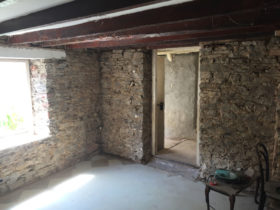
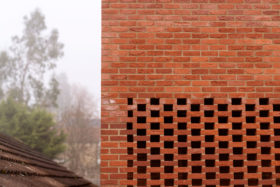
































































































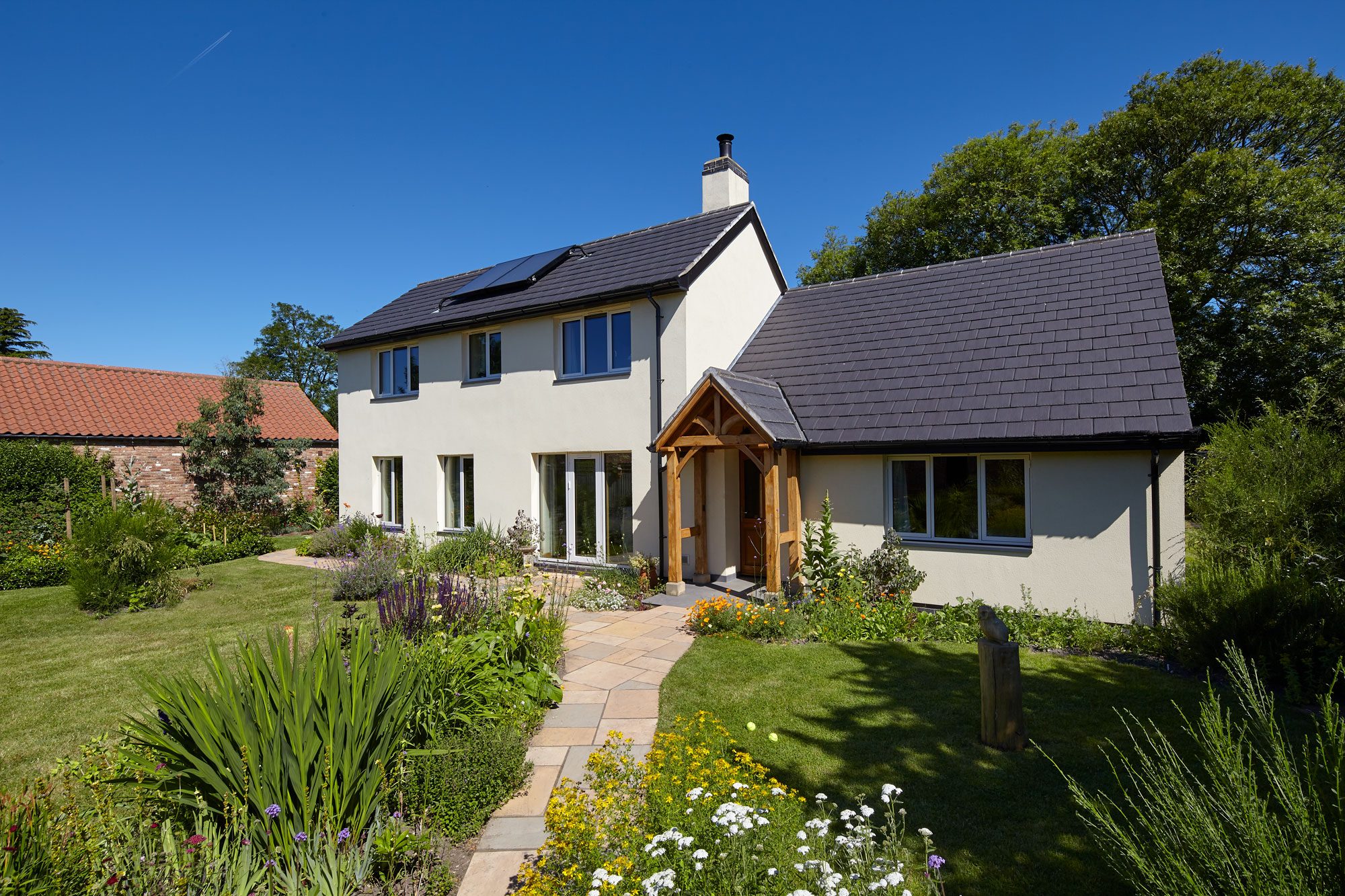
 Login/register to save Article for later
Login/register to save Article for later

